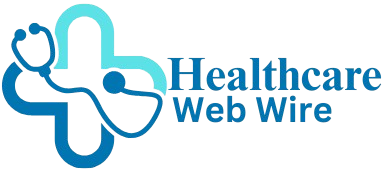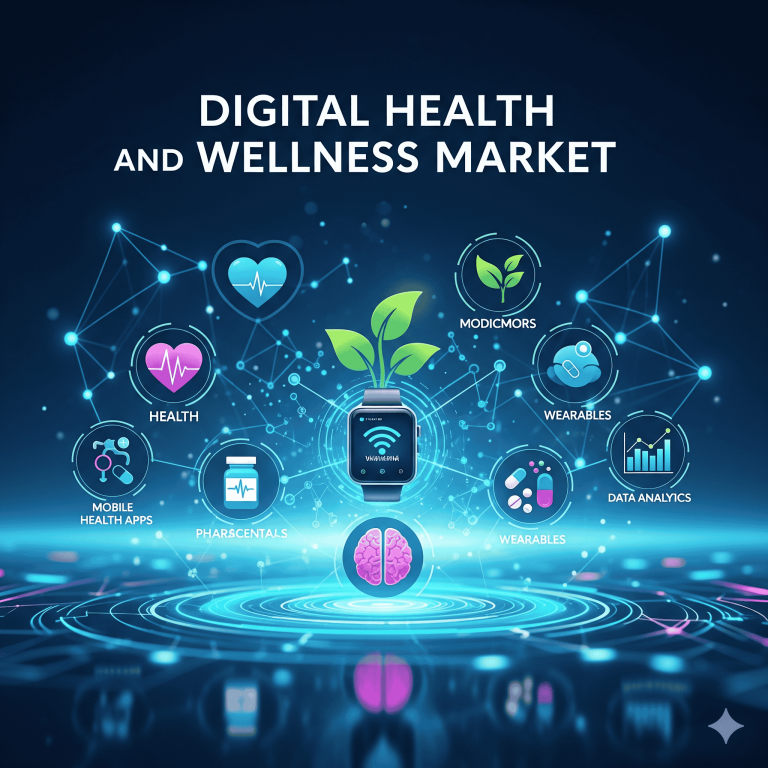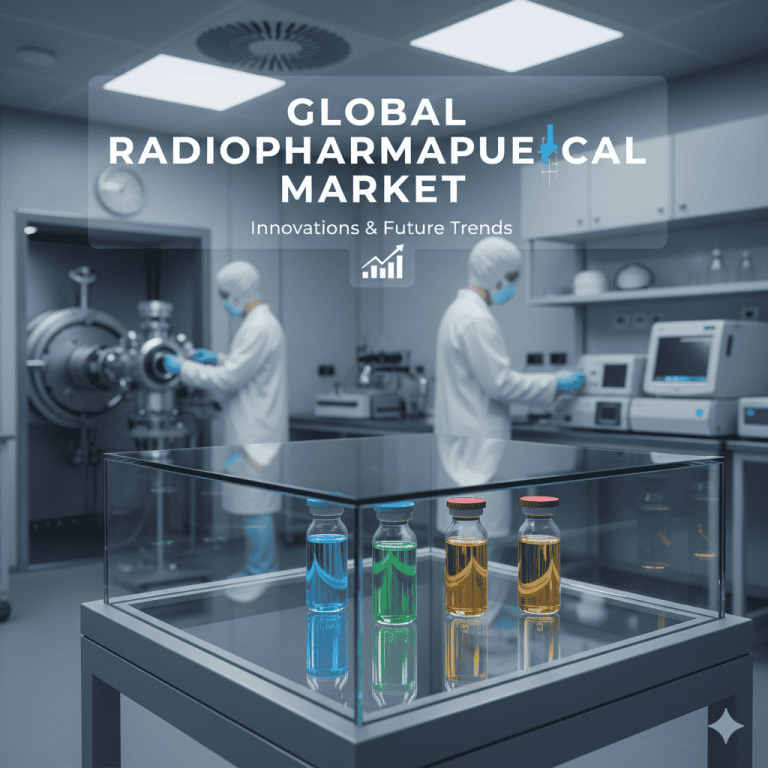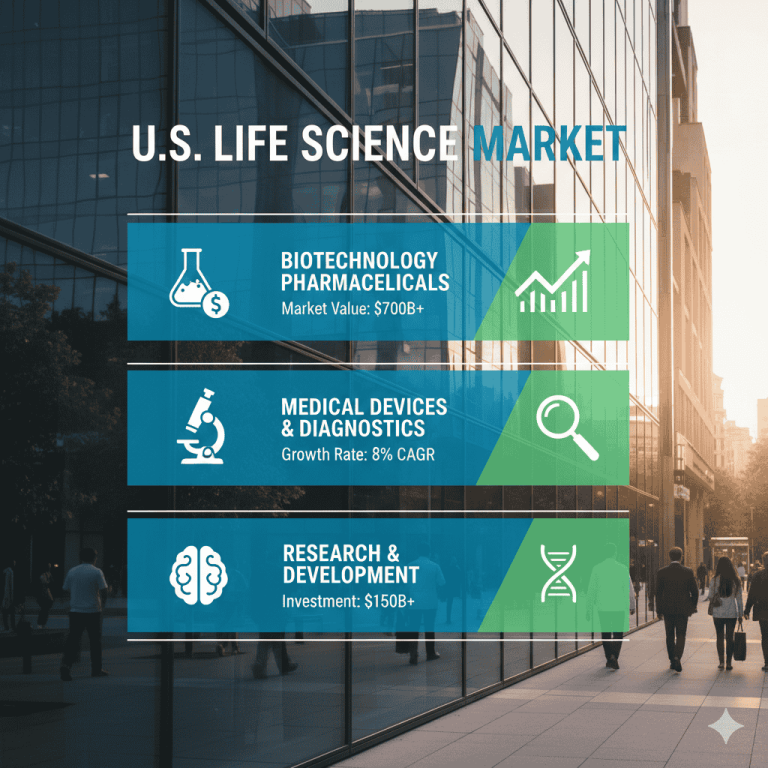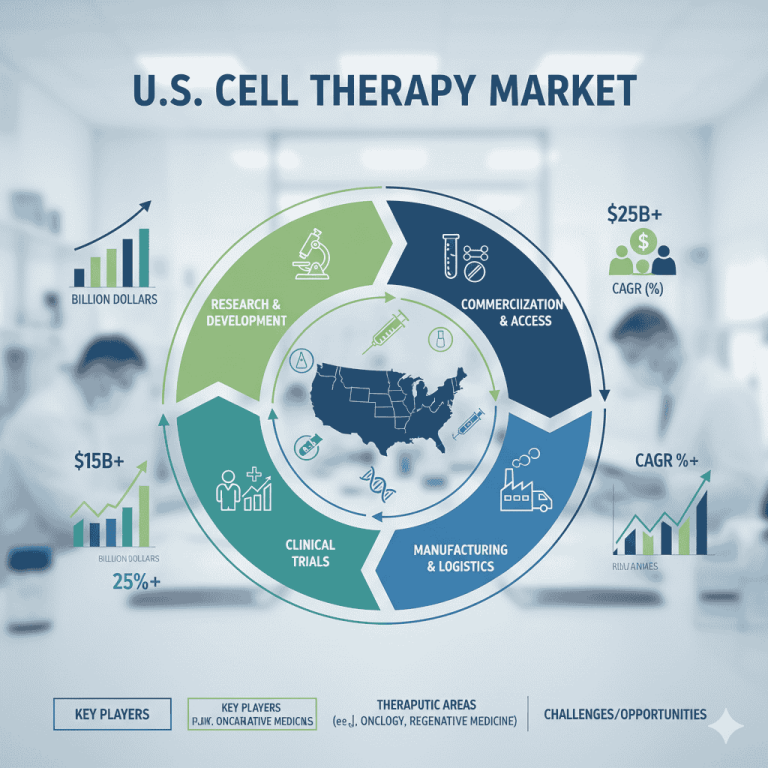Global Drug Designing Tools Market: Key Trends and Insights to 2034
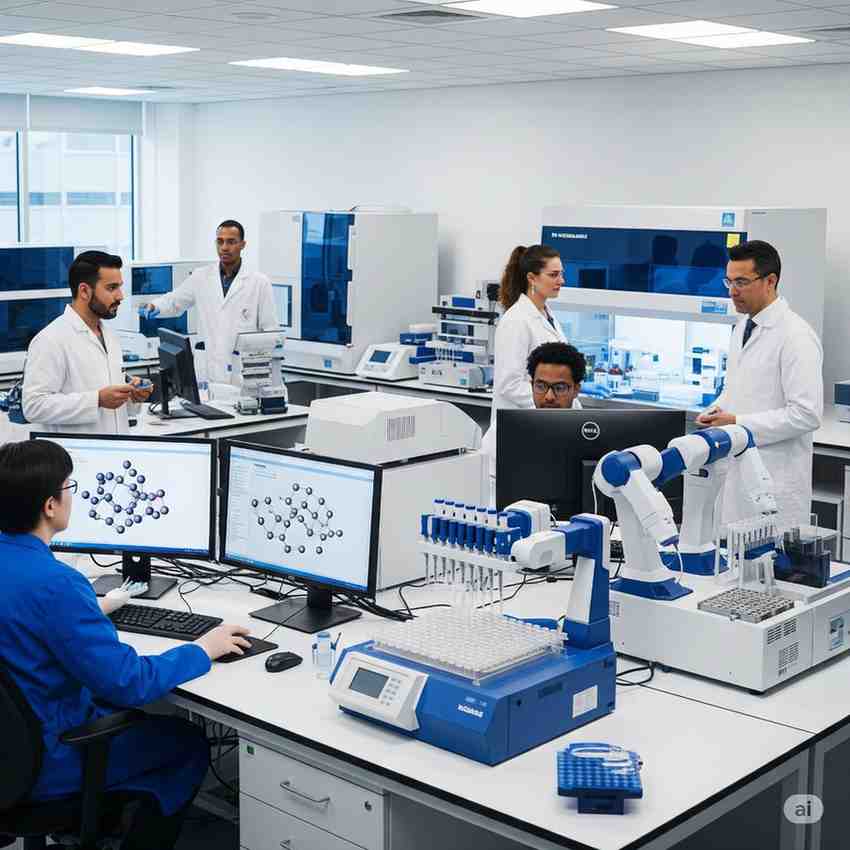
The global drug designing tools market is undergoing a transformation, fueled by technological advancements and growing interest in precision medicine. With a valuation of USD 3.4 billion in 2024, the market is projected to surge to USD 7.86 billion by 2034, growing at a CAGR of 8.73%. This growth is largely attributed to the increasing adoption of advanced tools that support faster and more effective drug discovery based on the understanding of biological targets.
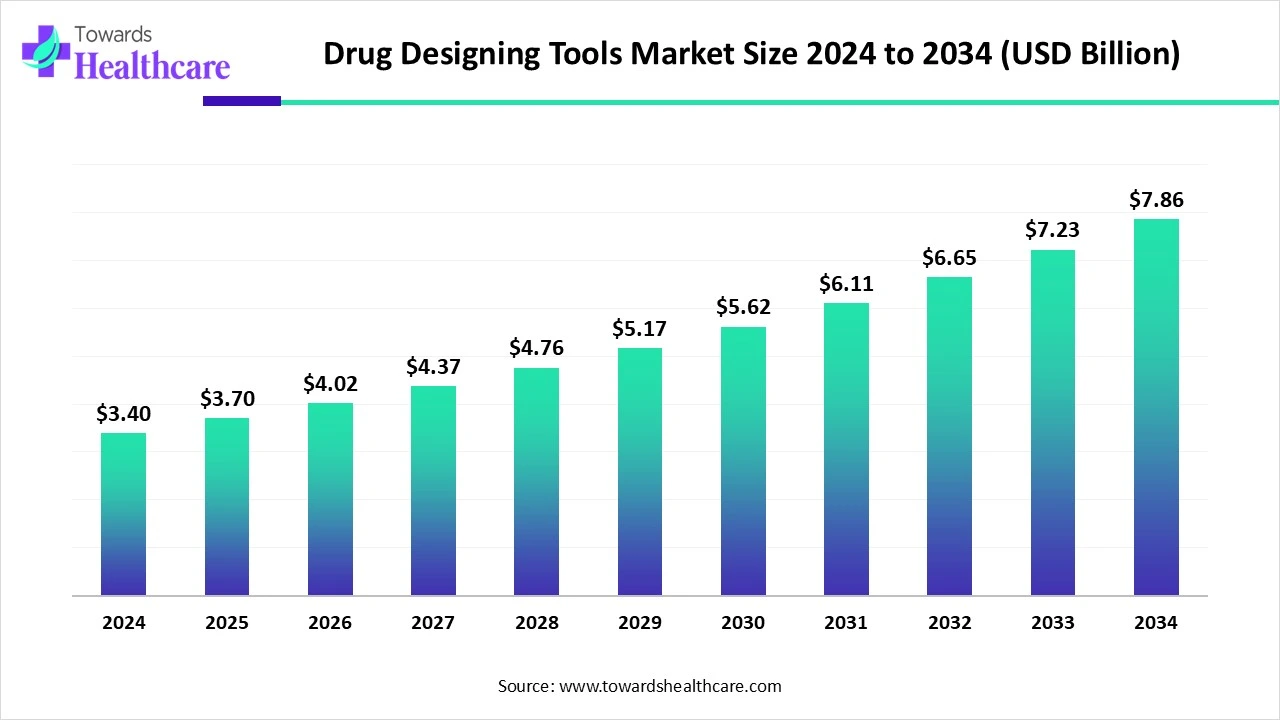
Table of Contents
ToggleMarket Overview
Drug designing is an innovative approach focused on the creation of specific molecules that bind effectively with biological targets. This process integrates both structure-based and ligand-based design methodologies. The market includes a wide variety of tools such as:
-
Computational Tools: Molecular docking, virtual screening, 3D molecular modeling, ADMET prediction, homology modeling.
-
Experimental Tools: High-throughput screening (HTS), X-ray crystallography, NMR, bioinformatics databases, pharmacogenomics.
These tools collectively accelerate the drug development process, reduce costs, and increase the probability of successful outcomes.
Invest in Our Premium Strategic Solution: https://www.towardshealthcare.com/download-databook/5785
Key Market Takeaways
-
2024 Market Size: USD 3.4 billion.
-
2034 Forecast: USD 7.86 billion.
-
Growth Rate: 8.73% CAGR (2025–2034).
-
Leading Region: North America.
-
Fastest-Growing Region: Asia Pacific.
-
Dominant Solution Segment: Multi-database tools.
-
Fastest-Growing Solution Segment: Virtual screening tools.
Market Trends
AI and Automation in Drug Design
AI is revolutionizing drug discovery by streamlining complex processes:
-
AI-driven platforms like XenoSite, FAME, and SMARTCyp predict drug metabolism.
-
Generative AI, reinforcement learning, and graph-based AI are enabling de novo drug design and drug repurposing.
Recent examples:
-
Insilico Medicine raised $110 million in Series E funding in March 2025.
-
Schrödinger, Inc. is enhancing toxicology prediction in early discovery stages.
Get All the Details in Our Solutions – Access Report Preview: https://www.towardshealthcare.com/download-sample/5785
Integration of Unified Platforms
Companies like Revvity Signals Software are launching unified platforms like Signals One to support end-to-end R&D lifecycles.
Major R&D Investments
Institutes such as MIT’s Jameel Clinic are unveiling advanced AI models (Boltz-2) to enhance speed and accuracy in drug discovery.
Market Drivers and Opportunities
Drivers
-
AI integration improving prediction and efficiency.
-
Rising demand for personalized medicine.
-
Early-stage innovations in drug development.
Challenges
-
High operational and technology costs.
-
Data management complexities across sites.
Opportunities
-
Advancements in lead optimization tools are transforming initial hits into viable drug candidates.
-
Growth in AI-based platforms supporting real-time analysis and decision-making in drug development.
If you have any questions, please feel free to contact us at sales@towardshealthcare.com
Segmental Insights
By Solution
-
Multi-database tools dominate due to their ability to access and analyze extensive bioactive compound data.
-
Virtual screening tools show the highest forecasted growth due to cost-efficiency and rapid scalability.
By Application
-
Chemical screening leads in 2024, facilitating the design and optimization of candidates using both experimental and computational tools.
-
Molecular modeling/homology modeling is forecasted to grow fastest as it enables precise structural predictions.
By End User
-
Pharmaceutical companies dominate due to the need for targeted molecule design.
-
Biotechnology companies are expected to grow rapidly, using innovative biotech models for therapeutic advancements.
Regional Insights
North America
Dominates due to strong pharmaceutical infrastructure and significant R&D funding. The U.S. FDA approved 50 new drugs in 2024, highlighting a healthy innovation pipeline.
Canada
Healthcare spending expected to reach CAD 372 billion in 2024. A growing burden of chronic diseases and increasing adoption of personalized therapies fuel demand.
Asia Pacific
Fastest-growing region driven by:
-
Government initiatives and regulatory reforms.
-
Collaboration between academic institutions and industry.
-
Increased deployment of AI in pharma research.
Notable Developments
-
June 2025: BioAro launched PanOmiQ, integrating multi-omics with AI for drug discovery.
-
April 2025: Icahn School of Medicine launched an AI-based center for small molecule drug discovery.
-
May 2025: VantAI expanded its collaboration with Blueprint Medicines for AI-enabled drug targeting.
To access the full Market Report : https://www.towardshealthcare.com/price/5785
